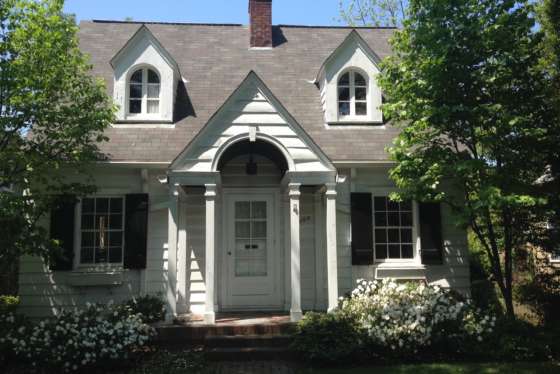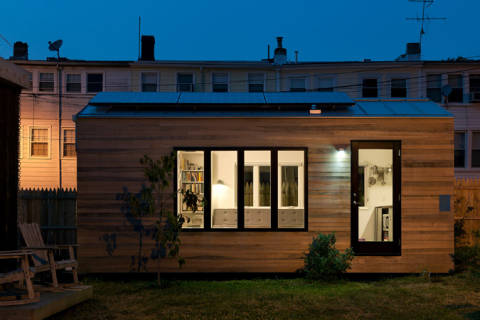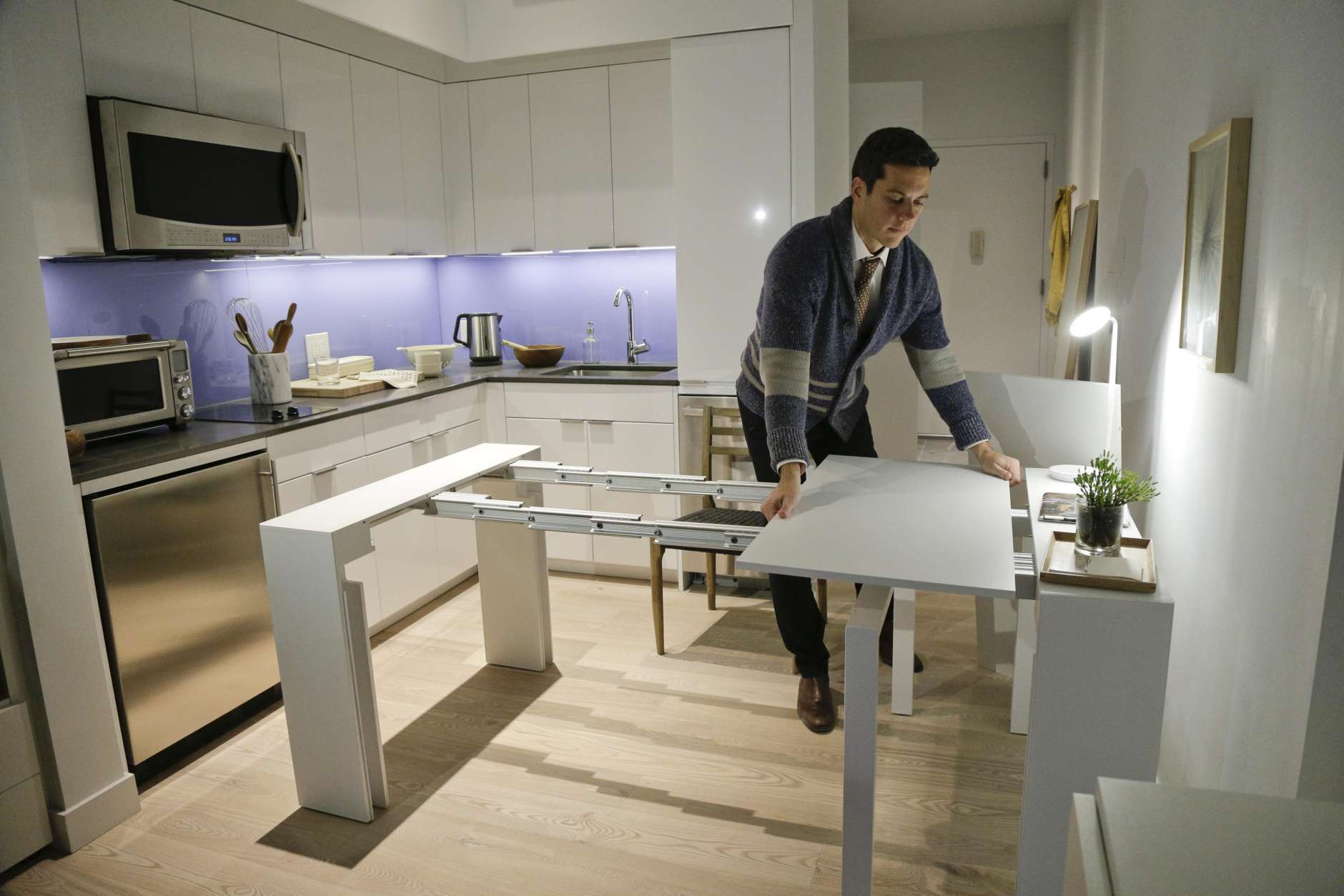
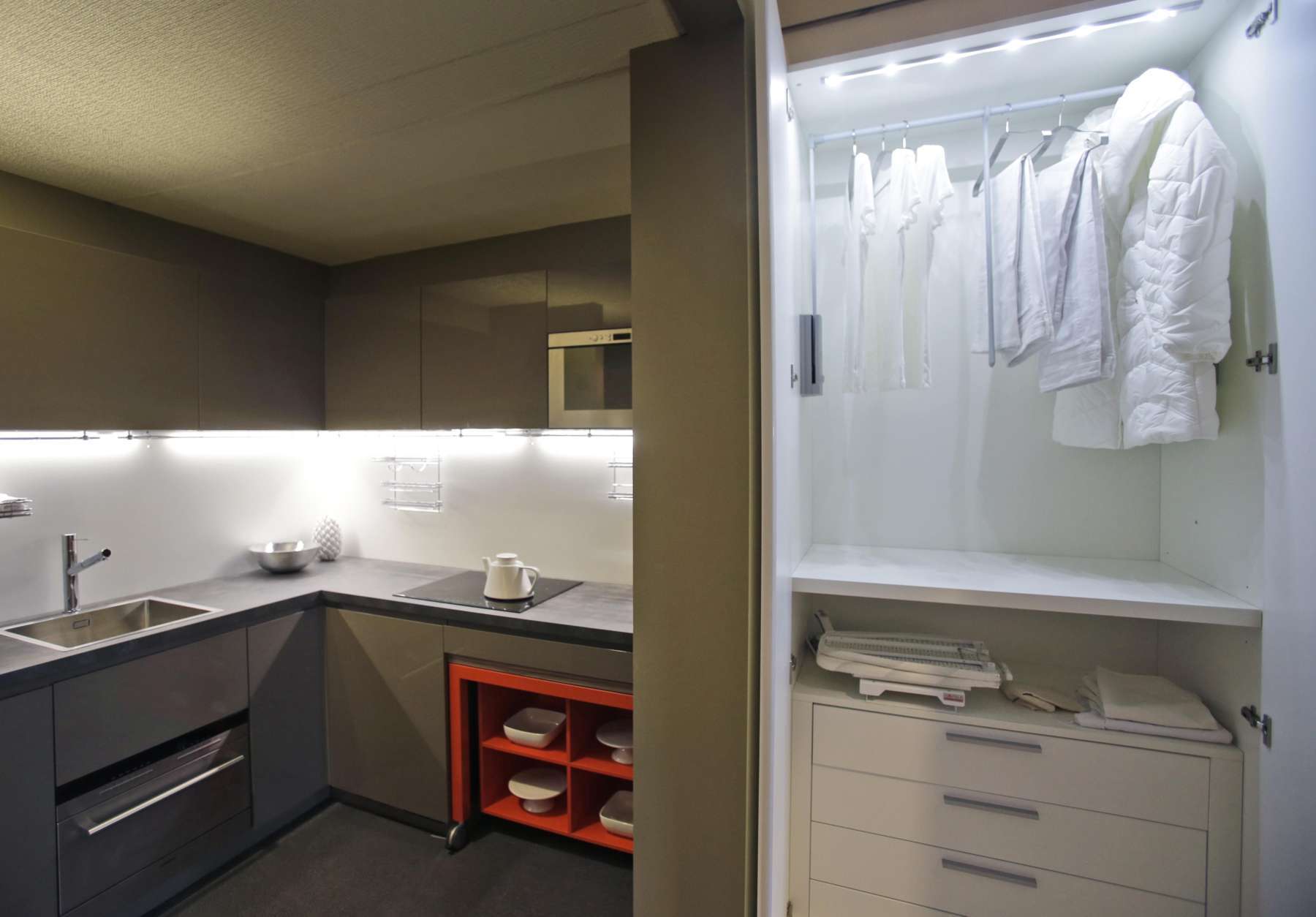
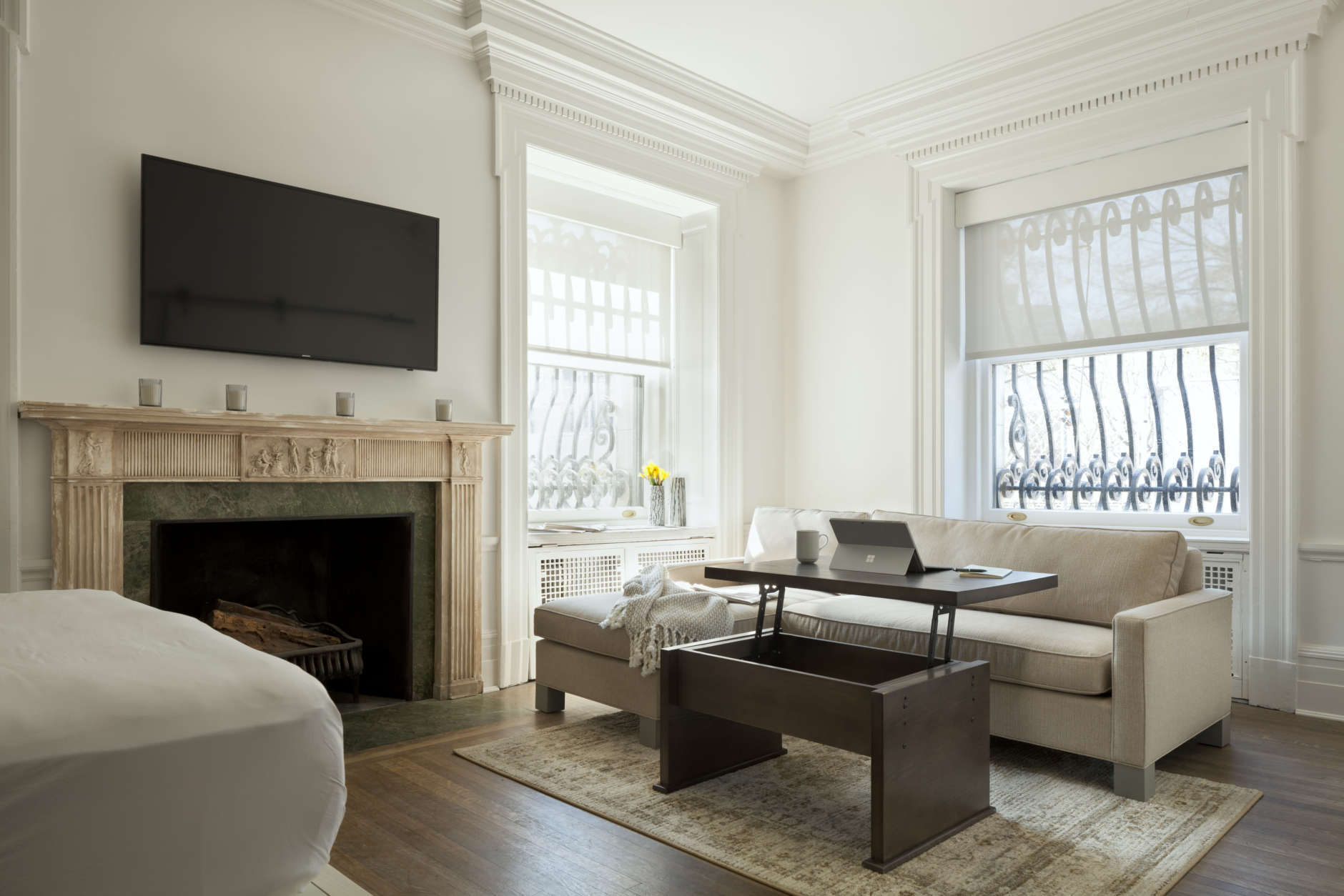
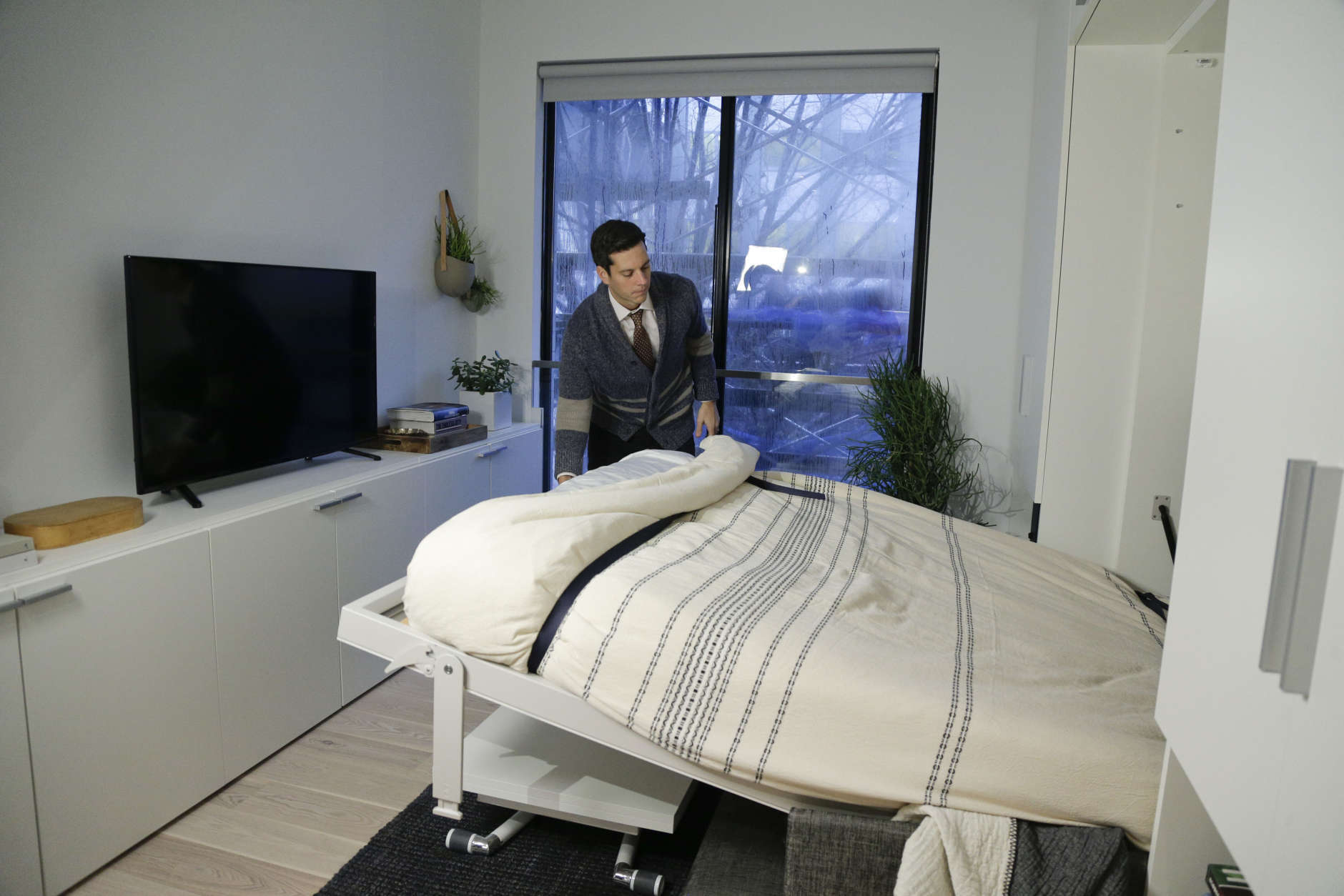
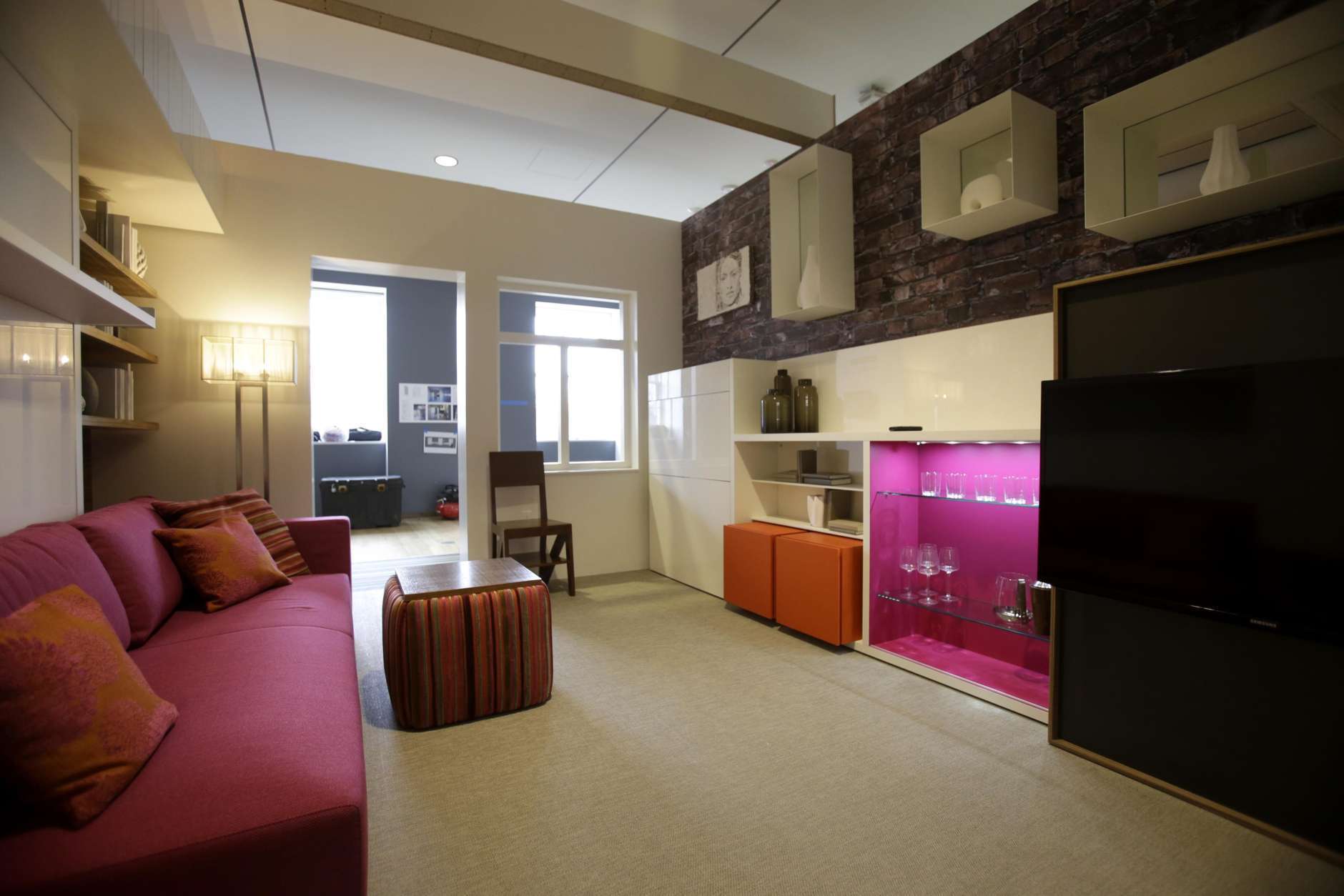
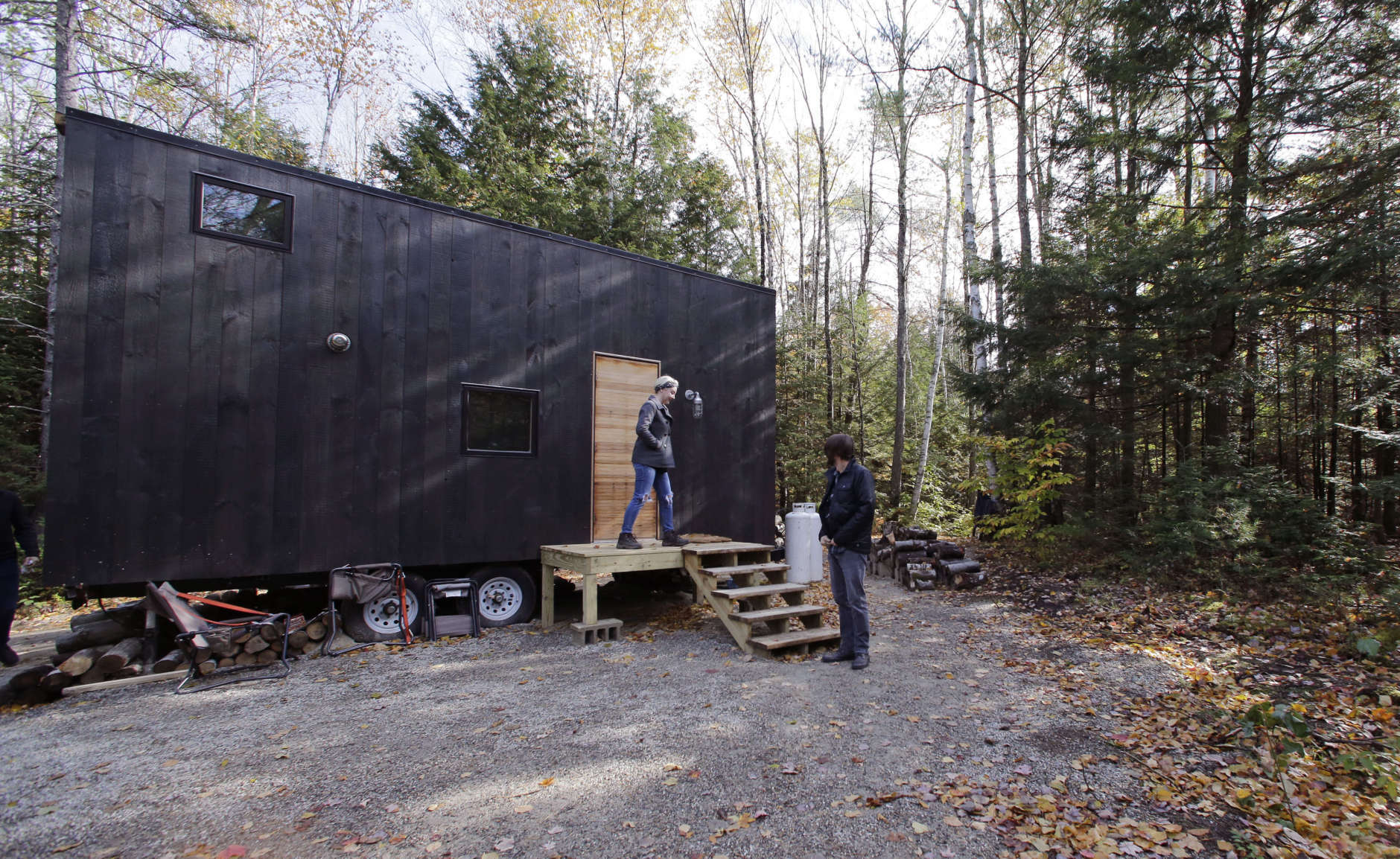





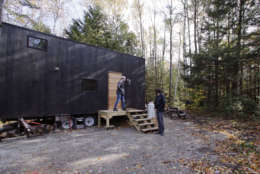
WASHINGTON — Living with less is a big trend these days.
More Americans are trading in square footage for walkable communities and convenient commutes, and popular shows such as HGTV’s “Tiny House Hunters” and “Tiny House, Big Living” put simplified lifestyles in the spotlight.
A recent survey from Trulia even reports that more homeowners would choose a smaller home over a bigger one for their next move.
If you’re dreaming big about a smaller space, designer Anna Gibson says downsizing is totally possible. Here are some of her top tips.
The Benefits
There are a lot of benefits to downsizing, says Gibson, owner and chief designer at AKG Design Studio in Reston, Virginia — starting with your wallet.
“A lot of people have big mortgages, and unfortunately, a lot of people like to live outside of their means,” Gibson said.
Trading in your five-bedroom home for something more sensible could save you a lot of money, especially in the D.C. area, where the cost of living is one of the highest in the country.
Downsizing will also save you time if you move to a condo or community where building maintenance and landscaping are included — a perk for many retirees and aging baby boomers.
“You don’t even have to be older — maybe you’re just busy with everything in life and your priorities changed and mowing the yard for four hours every weekend is not what you’re looking to do anymore,” Gibson added.
Finally, condensing your living space could be beneficial to your family dynamic.
“People have to interact. You’re not in 5,000, 6,000 square feet where you don’t see your kids for days,” Gibson said.
Plan Ahead
Once you’ve decided to downsize, Gibson says it’s time to start thinking about what you want out of a new living space. Is it to be closer to the city? Closer to the grandkids? Maybe it’s a country cabin you’re after. Whatever it is, determine your destination.
Next, talk to a real estate agent about the value of your current home. This will give you a better idea of what you can afford for your next residence.
However, the most important part of preparing to downsize, Gibson says, is decluttering.
If you find you need to hang on to childhood art projects and your grandmother’s antique chiffonier, research storage options.
Take measurements of the furniture you have and see if it makes sense to take items to your new place. (A slimmer, more contemporary sofa may work better than your oversized L-shape lounger in a smaller living room.) Donate or sell what you don’t want to move.
Finally, find out what you really use on a day-to-day basis. Gibson suggests keeping a list each time you go into your closet or your kitchen of the clothes you wear and the tools you use.
“Do you really need 25 glasses? I look in my own kitchen and I have my Dutch oven and my Instant Pot and my Crockpot, but you don’t really need all that,” Gibson said.
Furniture That’s Functional
Living in a smaller space means you need to be smarter with design and more creative with storage. Opt for pieces of furniture that serve dual purposes, such as a coffee table that opens up and stores books and blankets, or a sleeper sofa that can double as a guest bed.
“Often times, because you have less space to pay for, you can afford more luxury,” Gibson said about choosing more functional products for your smaller home.
For example, she says there are high-end kitchen appliances on the market that multitask, such as a convection oven that also works as a speed cooker and a steamer.
“So you don’t need to have the double oven, you don’t need to have the microwave separately,” Gibson said.

